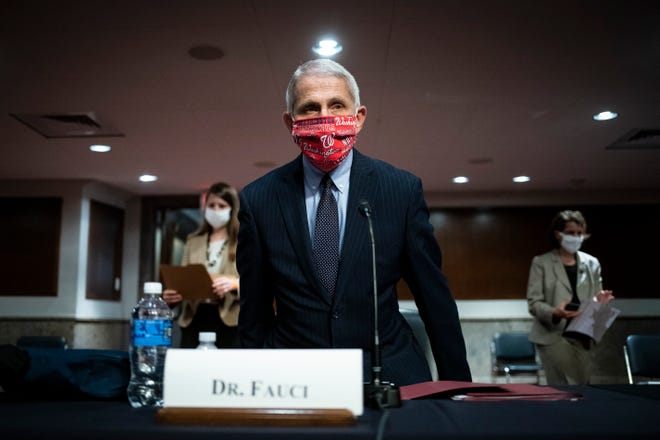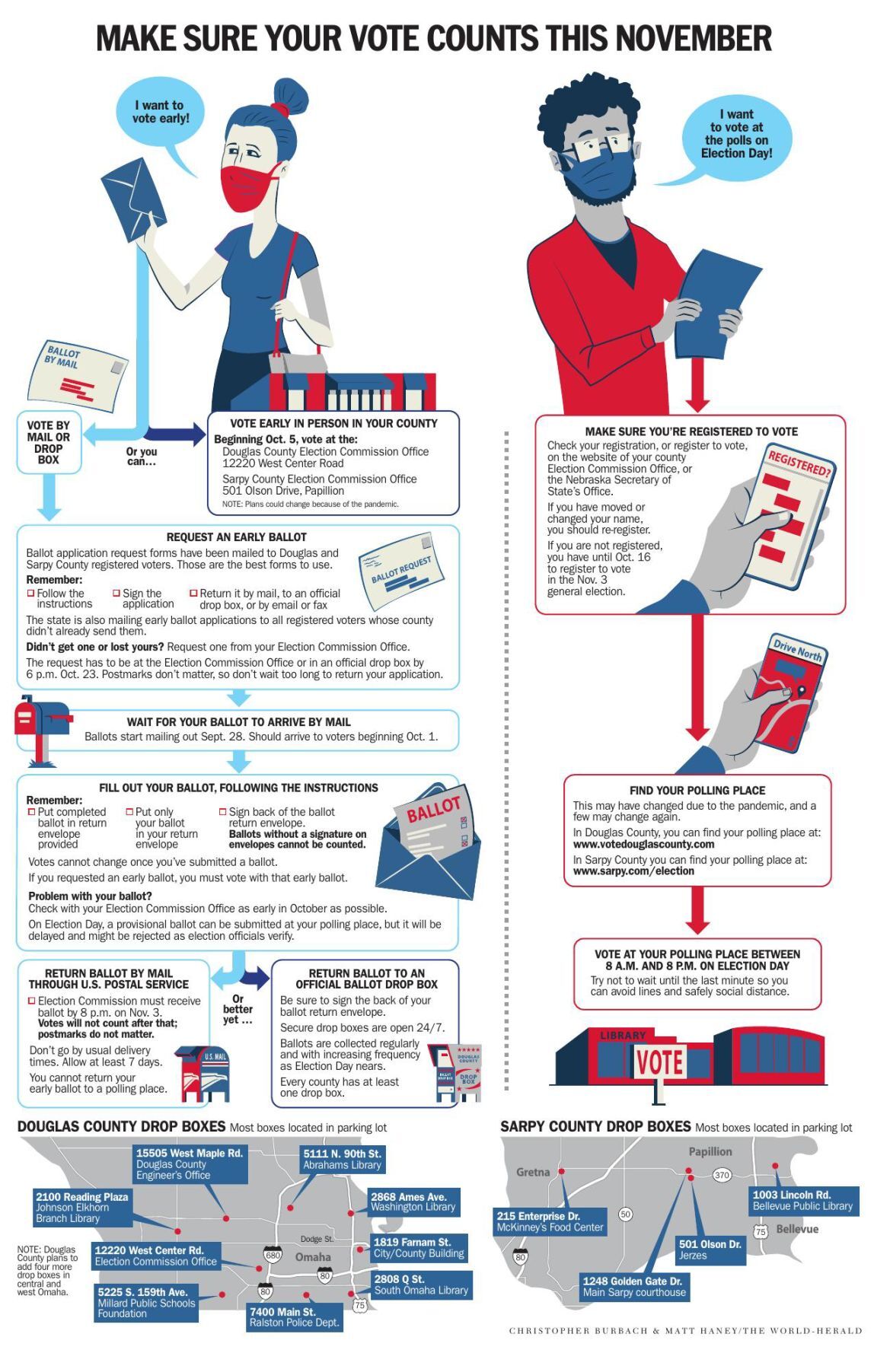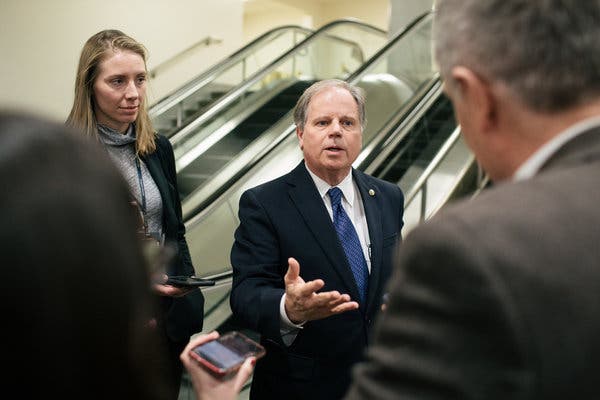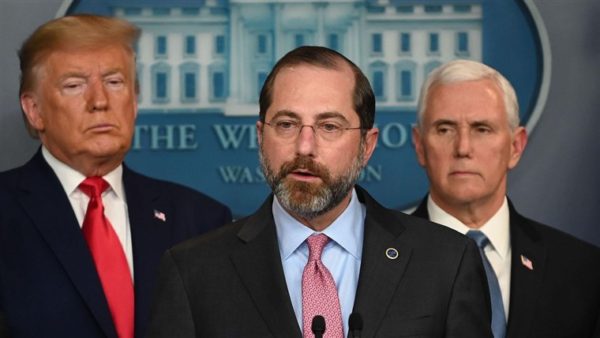WASHINGTON – New coronavirus infections could increase to 100,000 a day if the nation doesn’t get its surge of cases under control, Dr. Anthony Fauci told Congress Tuesday.
“We’ve really got to do something about that and we need to deal with it quickly,” he testified. “It could get very bad.”
Fauci, the top infectious disease expert at the National Institutes of Health, said the surge has been caused both by some areas reopening too quickly and by people not following guidelines.
“We’ve got to get that message out that we are all in this together,” Fauci told the Senate Health, Education, Labor and Pensions Committee. “And if we are going to contain this, we’ve got to contain it together.”
Testifying weeks after he had warned of needless “suffering and death” if appropriate steps weren’t taken, Fauci said he’s “quite concerned” about what’s happening in many states. New cases have been increasing by about 40,000 a day, Fauci said.
Mnuchin:Mnuchin, Powell brief House committee on pandemic response efforts
Asked what’s going wrong, he said several states may have moved “too quickly” and skipped over some of the checkpoints laid out for a safe reopening.
But even in areas where state and local officials followed the federal guidelines, people acted as if all restrictions had been lifted, he said.
“What we saw were a lot of people who maybe felt that because they think they are invulnerable, and we know many young people are not because they’re getting serious disease, that therefore they’re getting infected has nothing at all to do with anyone else, when in fact it does,” Fauci said.
Sen. Lamar Alexander, R-Tenn., opened the hearing on the state of the coronavirus pandemic by reupping his past recommendation that President Donald Trump wear a mask to reduce the political divide on that health recommendation.

“The president has plenty of admirers,” Alexander said. “They would follow his lead.”
Health officials have been emphasizing the need for wearing masks as states loosen their social distancing restrictions and as infections have surged in many areas.
USAID adviser:Ilhan Omar, Joaquin Castro demand removal of USAID religious freedom adviser for social media posts
In particular, Fauci said, close gatherings in bars is “really not good.”
“We’ve really got to stop that,” he said.
The European Union has deemed Americans too risky to welcome in when the bloc opens up to international visitors July 1.
European countries have better contained the virus, Fauci said, in part because the shutdown of activities there was more widespread. In the United States, only about half the nation shut down, compared with 90% to 95% of activities in many European countries.
“We’re a very heterogeneous country,” he said, “and we had a heterogeneous response.”
Fauci and the other witnesses entered the hearing room wearing masks. They were spaced 6 feet apart. The number of reporters let into the room was limited, and there was no room for a general audience.
Alexander noted that the Capitol Hill physician said masks could be taken off when talking into the microphone if the speaker was sitting 6 feet away from others, as he was doing.
“That’s why my mask is off right now,” he said. “But like many other senators, when I’m walking the hallways or on the Senate floor, I’m wearing a mask.”
Kentucky US Senate primary:Amy McGrath squeaks out win over Charles Booker
Alexander lamented that “this simple lifesaving practice has become part of the political debate that says this: ‘If you’re for Trump, you don’t wear a mask. If you’re against Trump, you do.’”
“That’s why I’ve suggested that the president occasionally wear a mask, even though in most cases it’s not necessary for him to do so,” he said.
Washington Sen. Patty Murray, top Democrat on the Senate Health, Education Labor and Pensions Committee, tore into Trump in her opening comments.
“We’ve seen a leadership crisis raging in the White House as the president proves time after time he cares less about how this pandemic is impacting families and communities and more about how it makes him look,” she said.
The hearing was held two days after Health and Human Services Secretary Alex Azar warned that the “window is closing” for the United States to get the outbreak under control.
Fauci has repeatedly urged states to follow federal guidelines for reopening, including in his last appearance before the Senate health committee in May, when he warned that the failure to follow guidelines would lead to “some suffering and death” that could be avoided.
COVID-19 cases are now growing in 34 states.
A number of states paused their reopening plans last week as the U.S. set records for the number of new cases in one day. Texas closed bars and limited restaurant capacity, and Florida banned drinking at bars.
Fauci said restrictions can’t be an “all or none” situation because people won’t tolerate being shut down and isolated. But they also need to follow rules for social distancing, mask wearing, hand washing and other behaviors so they can “enjoy themselves within the safe guidelines.”
Experts say states that don’t manage their case counts risk overwhelming the health care system again and infecting neighboring states that have already flattened the curve.
Memory loss, gnarled fingers, panic:COVID-19 didn’t kill these Americans, but many might never be the same
The White House has often presented a rosier picture of the pandemic than what health officials describe.
Asked Monday about Azar’s warning, White House Press Secretary Kayleigh McEnany said the president is encouraged that there has been a decline in fatality rates and an increase in effective treatments.
“These things make us uniquely equipped to handle the increase in cases that we’ve seen,” McEnany said.
The more than 125,000 deaths in the United States from COVID-19 represent about 25% of the world’s fatalities.
Some experts predict the U.S. death toll to hit nearly 180,000 by Oct. 1.
“I’m not satisfied with what’s going on,” Fauci said, “because we’re going in the wrong direction.”
More:More than 500,000 people worldwide have now died from the coronavirus
Five months in:A timeline of how COVID-19 has unfolded in the US


